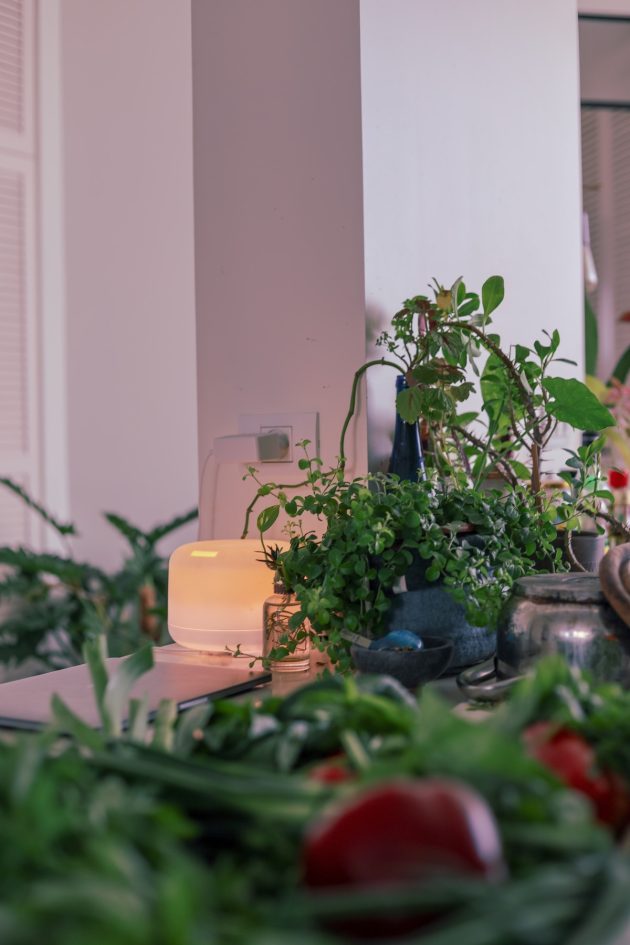Indoor air quality plays a fundamental role in maintaining our health and overall well-being. Breathing clean, unpolluted air is not just a luxury, but a necessity for staying healthy. Pollutants and allergens present in our indoor environment can cause a range of health issues from minor discomforts like allergies, headaches, and fatigue, to severe conditions like asthma, heart problems, and other respiratory diseases. Furthermore, certain toxic pollutants, such as radon and carbon monoxide, can even lead to life-threatening situations. By ensuring good air quality in our homes, we can protect ourselves and our loved ones, promoting healthier, longer lives.
In this article, we’ll provide an overview of the most common sources of indoor air pollution and offer tips on how to keep your home free of pollutants.
Common Sources Of Indoor Air Pollution
The most common sources of indoor air pollution are dust, mold, pet dander, pollen, volatile organic compounds (VOCs), and smoke from fireplaces, wood stoves, and cigarettes. Other sources of indoor air pollution may include cleaning products, pesticides, paint, building materials, and furnishings.
How to Improve Indoor Air Quality
There are several steps you can take to ensure the air in your home is free from pollutants.
Regular Cleaning
Regularly cleaning your home is the first step to improving indoor air quality. Vacuum and dust often, especially in regions prone to high levels of pet dander and dust mites, such as carpets and curtains. Don’t forget about upholstered furniture and mattresses! It’s also important to avoid using harsh cleaning products; instead, opt for natural alternatives like baking soda and vinegar.
Effective Ventilation
Good ventilation is essential for maintaining healthy air quality. Make sure your home has proper ventilation, such as open windows or an exhaust fan. This will help to keep the air fresh and reduce concentrations of harmful pollutants.
Air Purification Systems
Air purifiers can be used in conjunction with regular cleaning to remove dust, pollen, mold spores, smoke, and other airborne particles. Additionally, some air purifiers can be fitted with special filters to reduce the risk of exposure to toxic chemicals like radon and carbon monoxide.
Seek Professional Help
If you have any concerns about the air quality in your home, it’s always best to consult a professional. An experienced technician can inspect your home and recommend solutions for improving air purity. If you live in Littleton, Colorado, consider scheduling radon testing with a certified specialist to ensure that your indoor environment is safe from radon, a radioactive gas that can cause serious health risks if left untreated.
Plants for Better Air Quality
Adding plants to your home is a great way to naturally boost air quality. Not only do they look and smell beautiful, but certain varieties of houseplants are capable of removing volatile organic compounds from the air, helping keep it clean and pure.
Good indoor air quality is essential for our health and well-being. By taking proactive steps like regular cleaning and air purification, you can ensure that your family is breathing clean air in the comfort of their own home.
Conclusion
Now that you know more about indoor air pollution and how to prevent it, you can take the necessary steps to keep your home clean and fresh. Keep in mind that if you’re at all concerned about radon levels in your residence, it’s best to consult a certified professional. By doing so, you can ensure that your family is protected from the dangers of toxic pollutants and that your home remains a safe and healthy environment.
Remember – whenever you take a breath, you’re taking in the air around you. Make sure it’s clean! Start improving indoor air quality today and reap the rewards of better health for years to come.

